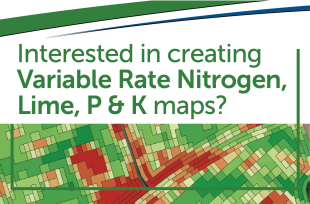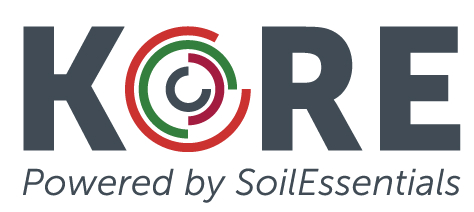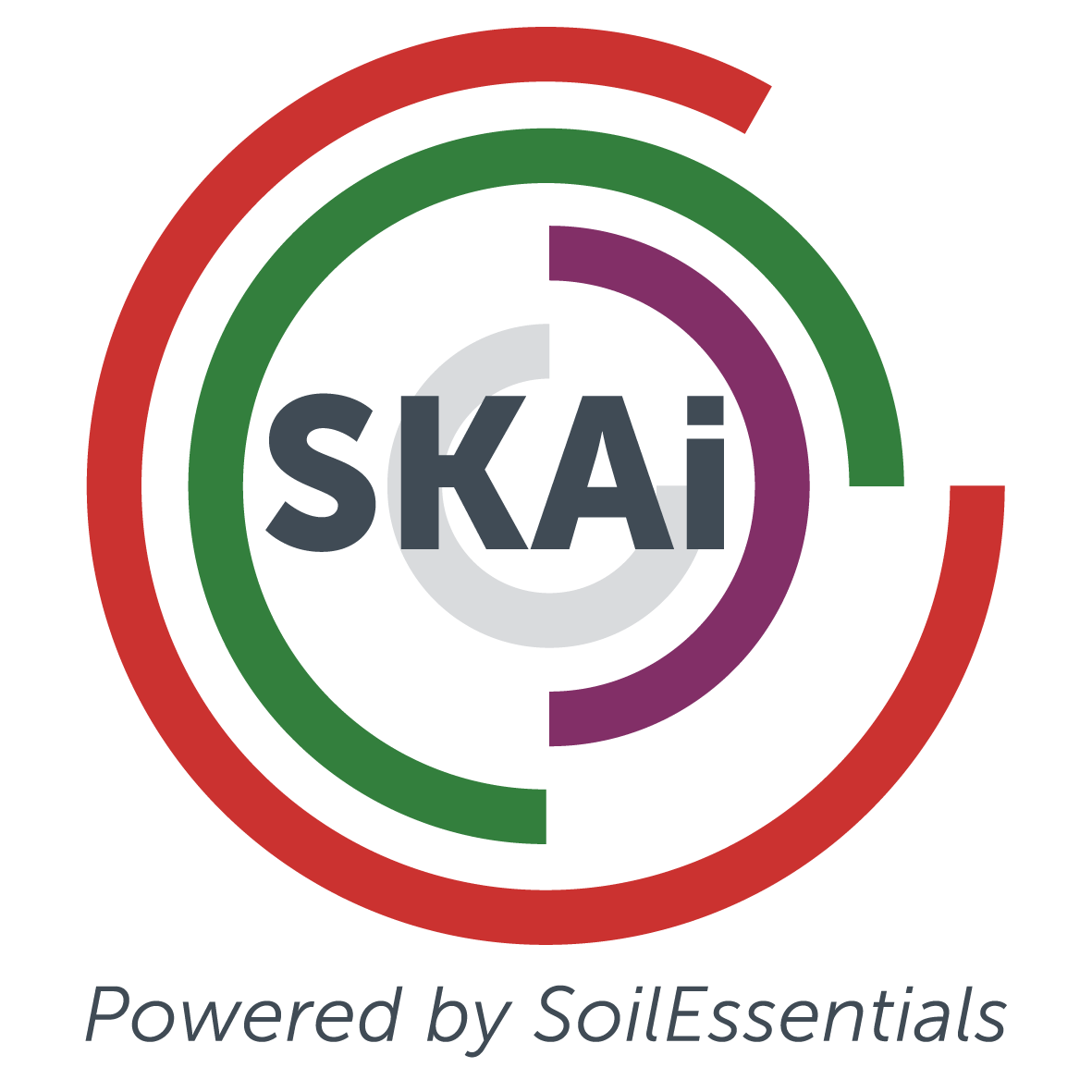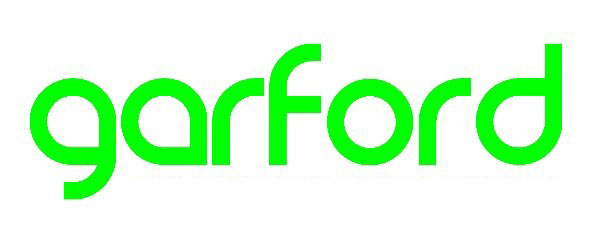The Oxford Farming Conference is how our industry starts the year, sets the agenda and talks the talk. It is up to companies like SoilEssentials to follow-up by walking that talk. So far, every speaker has brought up soil health, but what do they mean by that? Do they know? And how can it be measured? We hosted a fringe event this year at OFC2020 where soil health was high on our agenda. We have been looking at this problem over the last five years.
Working with The James Hutton Institute and Scottish Agronomy amongst others, we have developed and are now launching SoilBio, a true repeatable measure of soil health. This is vital, because to have healthy soils we need to be able to measure, and so manage our soil health. Standard metrics such as soil chemistry do not answer this question. The much-considered soil carbon or organic matter metric suffers from being spatially unstable and so not repeatable.
SoilBio is the result of an enormous piece of work involving nearly 1,000,000 data points on soil function from across the UK. Rather than looking at the chemistry or physics of the soil we are interested in its overall function. The biology that thrives in the soil is an excellent proxy for this. In the case of SoilBio we have chosen nematodes as an ideal species. They are numerous, they are varied and cover the whole food web and, as top predators, their presence is indicative of the whole ecosystem. The research found that the nematode results matched productivity more closely than standard measurements.
So how does it work? We view the fields in question with an HPI, an Historic Productivity Index, a single map made of 3 years’ worth of satellite NDVI images. This identifies variation of productivity across multiple years within the field and allows separate samples from different productivity zones to be taken. The samples are DNA analysed and the nematode population is differentiated into its trophic groups. From there two simple indexes are made. The Structural Index produces a simple number that gives a score for underground biodiversity – this usually reflects the physical treatment of the soil over the previous few years. The second index, the Enrichment Index – represents the food web. High numbers indicate high percentage of bacteria-eating nematodes, indicative of excessive organic nitrogen – a low number would represent nematodes that eat fungi, which in turn tend to consume organic carbon. A balance is required.
The existence of a repeatable metric allows soil health to be managed, measured and so, improved.
14 January 2020 Latest from the Directors

Featured Case Study
Angus Bryce, D Bryce & Sons
Find out more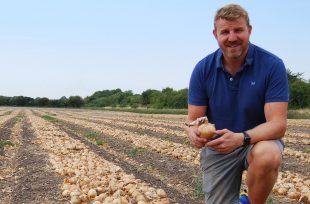
Featured Case Study
Tim Young, JS Young Farms
Find out moreSave on costs by targeting your inputs to soil types and conditions.
Use our precision farming platform, eligible under the new SFI scheme in England!
Find out moreUse KORE, our independent precision farming platform to improve your client management, increase efficiency and enhance your agronomy and soil sampling services.
For more information call the office on 01356 650459 (option 1) or Ed on 07425 338545.

For XCN, GFX, NAV 900 and other Trimble RTX displays
Renew your RTX subscription from £260pa*
Find out moreIf you're feeling the winter blues about your RangePoint RTX renewal, warm up with a new subscription from only £260 pa*
SoilEssentials are your longstanding, independent Trimble authorised dealer in Scotland and Northern UK.
To renew your RangePoint RTX subscription call the office on 01356 650459 (option 1), Rod on 07824 617153 or Bob on 07827 480056.
*Ts&Cs apply. Price applies to a 5-year upfront contract. Open to all RTX customers.


